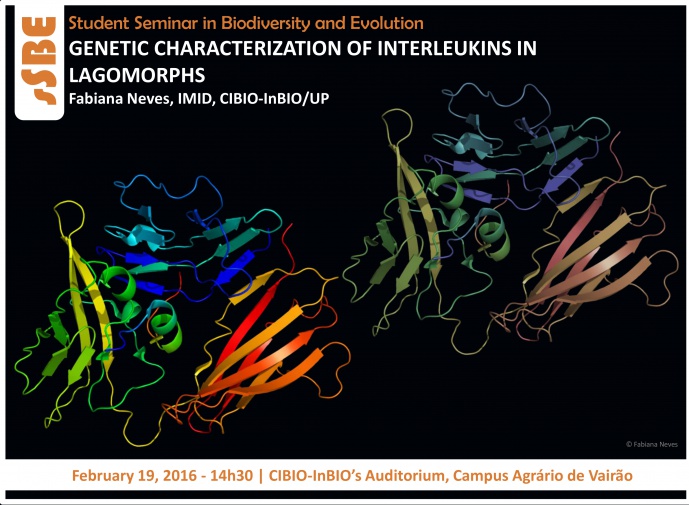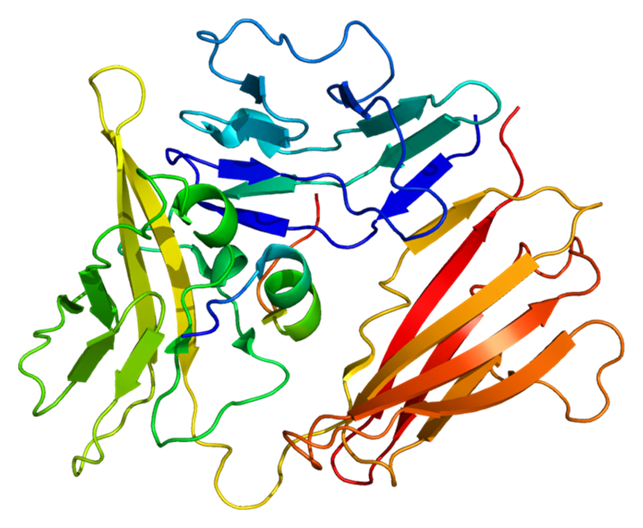GENETIC CHARACTERIZATION OF INTERLEUKINS IN LAGOMORPHS

STUDENT SEMINAR IN BIODIVERSITY AND EVOLUTION

Interleukins (ILs) are part of the immune system being involved in several biological activities. We performed evolutionary analyses under ML frameworks and detect signatures of positive selection in 28 ILs, which may be explained by the multitude of biological processes in which ILs are enrolled. However more studies (mutagenic and crystallographic) should be performed in order to better understand these variations. Furthermore, in Oryctolagus cuniculus IL1α, IL1β, IL2, IL4, IL6, IL8, IL10, IL12A, IL12B, IL15 IL17 and IL18 have been associated with inflammatory processes and in the immune response against rabbit hemorrhagic disease virus and myxoma virus infections. The characterization of these ILs in lagomorphs reveal that they are well conserved, including genomic organization, the location of the cysteine residues and the presence of N-glycosylation sites being the most differences observed between leporids and American pika. In IL6 we confirmed the presence of the mutated stop codon in European rabbit that leads to an extension of the protein with four extra cysteines. We also found that the typical stop codon is present in S. bachmani, L. europaeus, Bunolagus, Brachylagus and Ochotona. In Pentalagus we detected a deletion of the stop codon causing an extension of IL-6 for 17 extra residues. Our results indicate that the IL-6 extension in those species occurred by two independent events: one occurred between 2 and 8 million years ago in the ancestral of the Oryctolagus subspecies, and the other occurred in a Pentalagus ancestral at a maximum of 9 million years ago. For all these ILs, sequences of human and European rabbit are more closely related than between human and mouse or European rabbit and mouse.
Fabiana Neves is currently a fourth year PhD student at CIBIO-InBIO/University of Porto, supervised by Pedro José Esteves. She is graduated on biomedical laboratory sciences by the School of Health Technologies of Polytechnic Institute of Porto and has a MSc on Microbiology in University of Aveiro with MSc thesis about cyanobacteria dynamics.
Image credits: Fabiana Neves